Aron Nimzowitsch - Hypermodern Pioneer
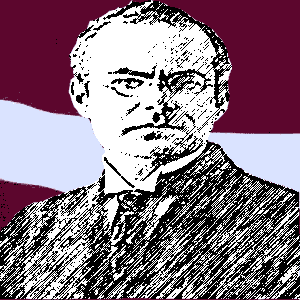
Aron Nimzowitsch
Like Akiba Rubinstein, he would have a lasting effect on chess. He wrote three famous books on chess. The Blockade, Chess Praxis and especially My System are some of the most widely known literary works on chess in the world today.
My System influenced the development of several World Champions and GMs after the time of it's author. No player's library is the same as that of another. We all choose different books to learn the secrets of chess. Yet it is almost inconceivable for any chess player of any level to omit My System.
Young Aron
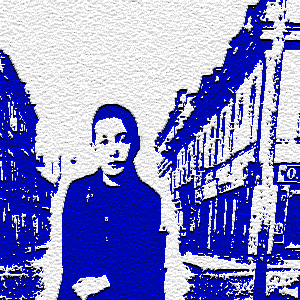
The family of Aron Nimzowitsch moved to Dvinsk when he was a child
None of this concerned Nimzowitsch during his childhood. His father was a successful timber merchant. The family business brought them to the city of Dvinsk (now Daugavpils) in 1897.
The father, Shaya Abramovich Nimzowitsch, was also fond of chess. He taught young Aron to play when the boy was 8 years old. The father was apparently a strong amateur. Jose Raul Capablanca described the elder Nimzowitsch as a fairly good player during his notes to a game he played against the son some years later.
Nimzowitsch the Philosopher
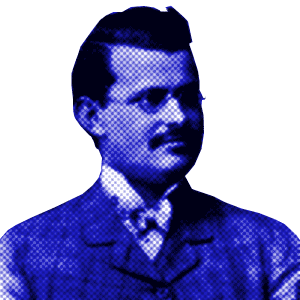
Aron Nimzowitsch studied philosophy in Berlin for a short period
After a couple of years on the circuit he enjoyed his first success. He took first prize at the Munich 1906 Tournament.
Nimzowitsch was up and running. Just 20 years old, he had the proof he needed that he could compete with the best players around and thrive. All that remained was to see how high he could climb.
The Early Years
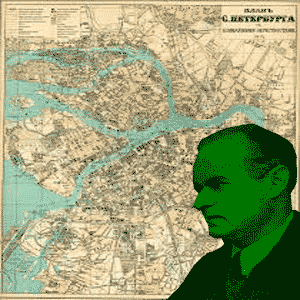
Aron Nimzowitsch did not have a good tournament at St Petersburg 1914 but better days lay ahead
Over the years he built his reputation until by 1914 he had a big standing in the game. The Latvian drew a playoff match against Alexander Alekhine in 1914. He finished a disappointing 8th at the St Petersburg 1914 Tournament, his only win coming against bottom of the table Gunsberg.
Just a couple of years later political turmoil was all around as revolution gripped the entire Russian Empire. Amid the destruction, chaos and violence, Nimzowitsch avoided conscription by feigning madness. During his assessment he insisted there was a fly on his head and was deemed unsuitable for combat.
He later slipped out of Russian territory and after spending some time in Germany, he eventually moved to Copenhagen, Denmark. He would remain there for the rest of his life, now playing for Denmark rather than the Russian Empire.
Hypermodern Ideas
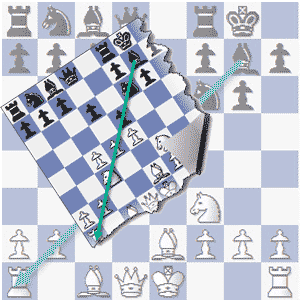
Aron Nimzowitsch was the leader of the Hypermodern School which championed the fianchettoed Bishop and other things
The Hypermodern openings often feature fianchettoed Bishops as opposed to the classically developed Bishops on b5, c4, d3, d2, e2, e3, f4 or g5.
Nimzowitsch laid out his theories on positional chess in his now household name books, Blockade, Chess Praxis and My System. He introduced new ideas and new twists on old ideas for the amateur chess player, all in an entertaining if eccentric style of commentary. Now many of the terms of reference he coined are familiar chess jargon today. Outposts, restraint, blockades, proflaxis, overprotection, centralization to name but a few.
Many of his contemporaries doubted his system but later generations have a greater appreciation. His good friend Hans Kmoch created a composition supposedly played between Nimzowitsch and Systemsson with amusing notes mimicking Nimzowitsch's prose added for fun. Nimzowitsch was said to be amused by it.
The Clash with Tarrasch
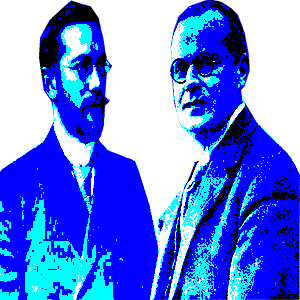
Aron Nimzowitsch clashed with Siegbert Tarrasch stating that his Hypermodern style was superior to the Classical style
They publicly criticized one another, it probably had as much to do with business as any personal enmity. Both Nimzowitsch and Tarrasch earned money writing chess books for the public. They were in direct competition. It was inevitable that they would have a harsh judgement of the other's entire philosophy on chess.
As it happens neither has proven to be superior than the other. It is probably better to say that each has advantages and limitations. We always remember that the strongest players of this period, Lasker, Capablanca, Rubinstein and Alekhine fell squarely into neither one camp nor the other. They tended to apply the best of each to whatever position they found themselves in.
Nimzowitsch and Tarrasch played 12 games against each other at various tournaments over the years. Early on it was even but Nimzowitsch dominated the exchanges in later years. At the end Nimzowitsch had a positive record against Tarrasch, 5-2 overall with 5 games drawn .
The Golden Age of Nimzowitsch
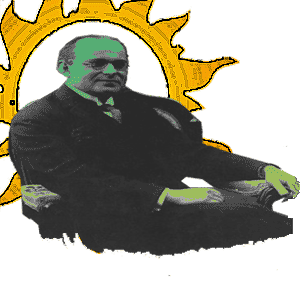
Aron Nimzowitsch enjoyed his best chess years in the 1920s
By the time Nimzowitsch had captured 1st prize at Carlsbad 1929, Alekhine had taken the World Championship from Capablanca. Nimzowitsch had some designs on the title. During these years he had challenged first Capablanca and later Alekhine though neither match would ever come to pass.
He continued to perform well into the 1930s. He was second behind Alekhine at San Remo 1930. He won Frankfurt 1930 ahead of Kashdan and Ahues on 9.5/11 points.
Final Years
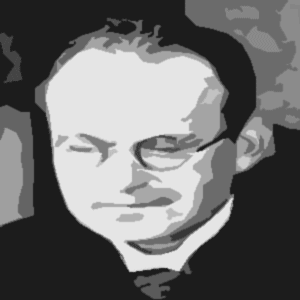
Aron Nimzowitsch played until shortly before his untimely passing in 1935
When in 1934 he lost to Swedish master Gideon Stahlberg 4-2 (2 drawn games), it was clear he was slipping. He placed 6th in his last tournament, Zurich 1934, 4 points behind the winner Alekhine.
Later in the year and somewhat suddenly he developed pneumonia. He couldn't shake it off and died some months later on the 16th of March, 1935.
The Crown Prince of Chess
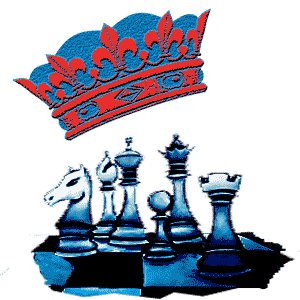
Aron Nimzowitsch may have called himself the Crown Prince of Chess
On page 2 of The World Chess Championship 1948 (London, 1949) Harry Golombek stated, in a discussion of possible challengers for the world title in the 1920s, that Nimzowitsch ‘does not seem to have been really serious in his claims, and confined his pretensions to having visiting cards printed on which appeared his name and the title “Crown Prince of the Chess World”’.
This may seem questionable, and we wonder, in particular, whether the well-known ‘visiting-card’ story is true. Has anybody seen one? And when did Nimzowitsch give himself the title ‘Crown Prince’?
The only contemporary reference we can offer is a second/third-hand one, i.e. the BCM’s report on the Frankfurt, 1930 tournament (November 1930 issue, page 403): ‘In the last six rounds [Nimzowitsch] made a clean score. E.S. Tinsley, in The Times, says that he now chooses to call himself “the Crown Prince of the chess world”.
Personality of Nimzowitsch
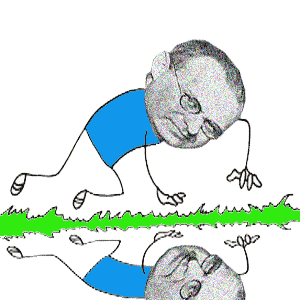
Savielly Tartakower on Aron Nimzowitsch: He pretends to be crazy in order to drive us all crazy
His character came out in his annotations which contained much humor. He appeared eager to convey not only his profound understanding of positional chess, his superiority over most other masters, but also his intellectual prowess.
Some anecdotes speak to his desire to be held in high esteem. He was very proud when Capablanca responded to his World Championship challenge in a respectful way. His friend Kmoch retold of his strongly held belief that he was always served smaller portions than everyone else at lunchtime. One day Kmoch offered to exchange plates after they had been served and when they did Nimzowitsch still thought he had been given less!
Legacy of Nimzowitsch
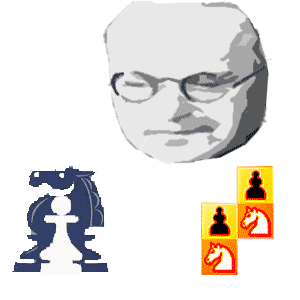
Aron Nimzowitsch laid out his chess philosophy in his three most famous works, Blockade, Chess Praxis and My System
His work on dynamics and statics in pawn structure, the importance of restraint and blockading, the value of overprotection inform new players to this day. His thoughts on the 7th and 8th ranks, open files, isolated pawns and the criminal passed pawn are all second nature to players at all levels now.
The Nimzo-Indian Defense, one of his blueprints for Black is designed around many of his beliefs. All of the Indian systems are in part inspired by his teachings.
Moving On
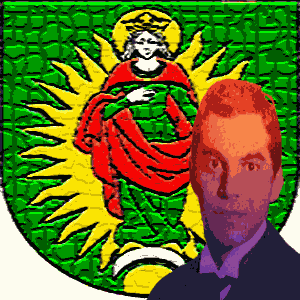
Richard Reti
Think about it. Even as you play your own games, as you assess your opponent's threats and your own chances, you are subconsciously looking at the position through a lens calibrated by Nimzowitsch.
He and other Hypermodern specialists of the 1920s didn't obliterate the Classical School of Tarrasch. Both the Hypermodern and Classical interpretations are viable and both have shortcomings if you follow them too rigidly. Hypermodernism had some very strong advocates. Not many stronger than Richard Reti.






